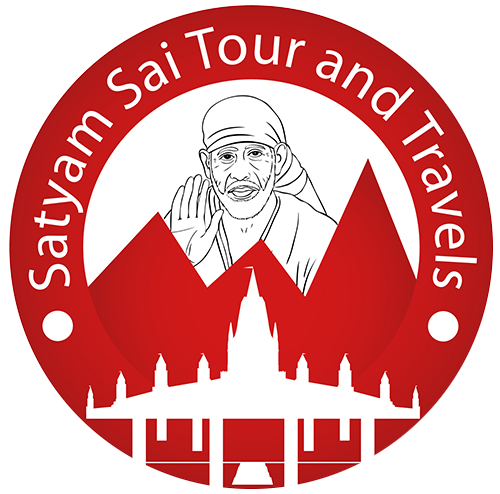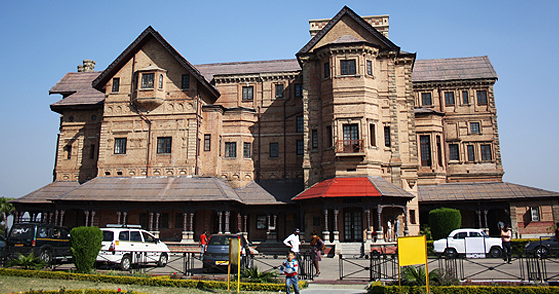The Amar Mahal Palace is a palace in Jammu, in the Indian state of Jammu and Kashmir, India, which has now been converted into a Museum.
It was built in the nineteenth century for Raja Amar Singh, a Dogra king by a French architect on the lines of a French Chateau. The palace was donated to the Hari-Tara charitable trust by Dr. Karan Singh for use as a museum.
It has many exhibits including a golden throne weighing 120 kg, Pahari miniature and Kangra miniature paintings, a library of 25,000 antique books and many rare art collections. The palace was the last official residence of the Dogra Rajas, Suryavanshi Rajputs, and a large collection of portraits of the royal family are also on display in the Museum. It is situated on the right bank of the Tawi River, on a bend of the river, in Jammu. Jammu, once a princely city, is also famous for forts, palaces and temples. The Amar Mahal Palace was planned by a French architect, in 1862. However, it was not built until the 1890s. The palace built in red sandstone with red bricks is in a picturesque environment on a hillock overlooking the Tawi river valley.
History

The Amar Mahal Palace was planned by a French architect, in 1862. However, it was not built until the 1890s. Maharani Tara Devi, wife of the late Maharaja Hari Singh (son of Raja Amar Singh) lived in this palace till her death in 1967.
Subsequently, her son Dr. Karan Singh and his wife Mrs. Yasho Rajya Lakshmi converted the palace into a museum to house rare books and works of art, with the objective of “Encouraging artistic talent, to establish fine arts centre and to collaborate with other like minded institutions for promotion of Indian arts”. For this purpose, they transferred the palace property to a trust named as the “Hari-Tara Charitable Trust”. Dr. Karan Singh, voluntarily surrendered the Privy Purse paid to him by the Government of India as a former ruler of Jammu, one of the Princely state of India, and used the funds to set up this museum named in memory of his parents.
The museum was inaugurated by the late Mrs. Indira Gandhi, Prime Minister of India, on April 13, 1975. To promote the stated objectives, the Trust arranges guided tours, book readings, lectures, film shows and hobby classes and other visitor friendly activities in the Museum. Scholarly exchanges, workshops and exhibitions are also regular features held by the Trust. The Dogra-Pahari paintings displayed in the museum were creation of the second half of the 18th century in Jammu and Himachal Pradesh of the Kangra school of art. To quote the words of Dr Karan Singh, the Raja behind the setting up of the Museum, “The whole effect is to transport one into a fascinating miniature world with its own aura and ethos”.
HOW TO REACH THERE
Road: Auto Rickshaws from anywhere in the Jammu city can take one to this place on payment of nominal charges. Minibuses do also ply but are not allowed to enter the Palace composite so one has to walk up to the palace..

